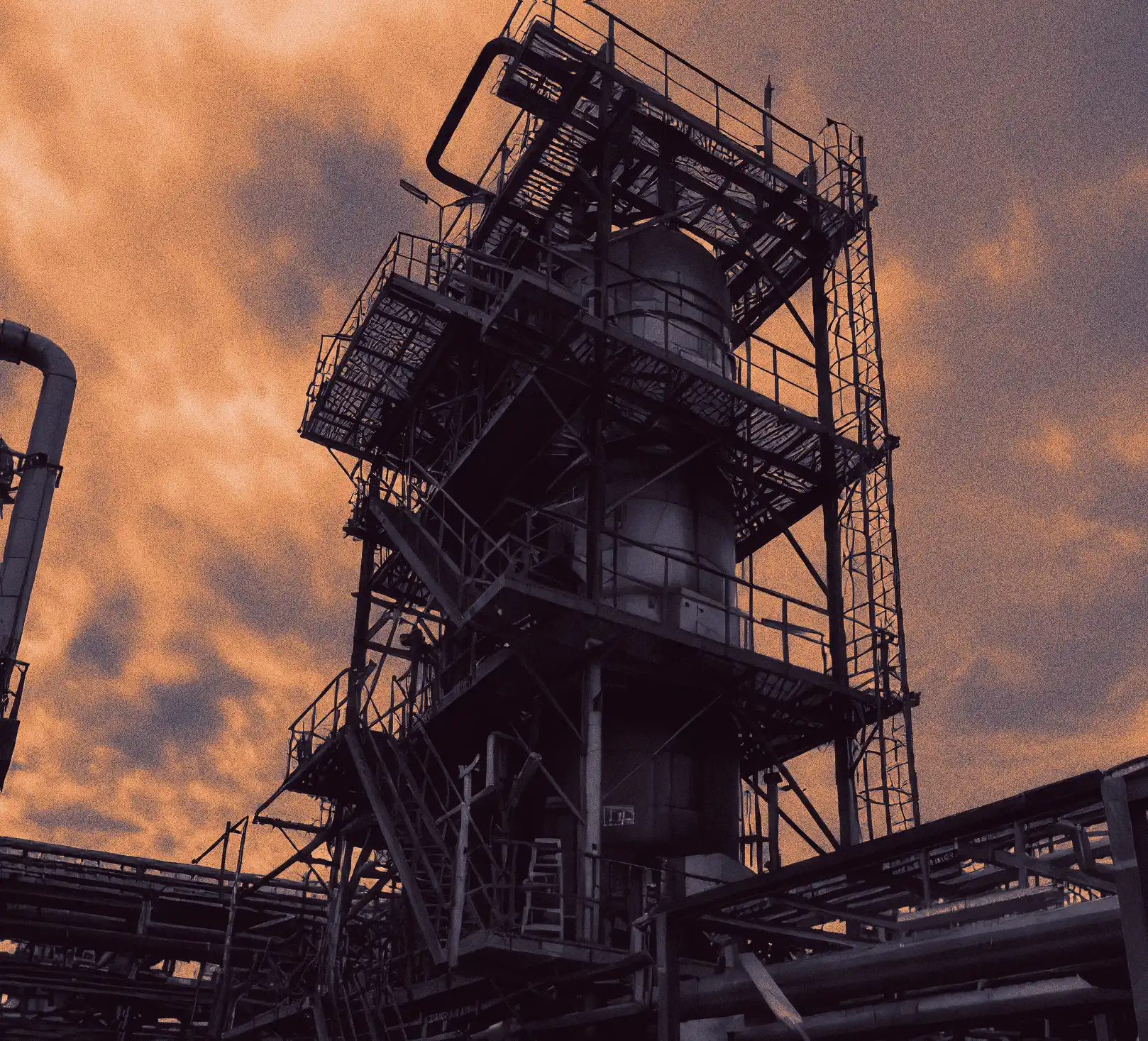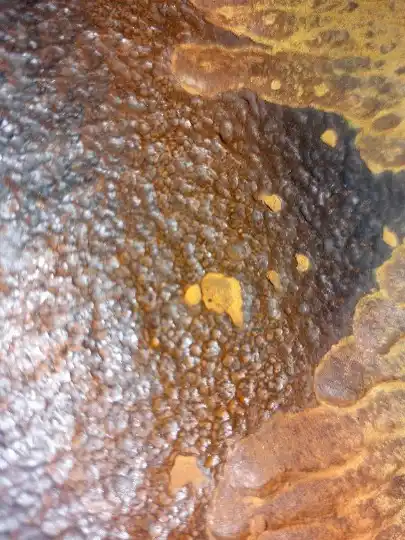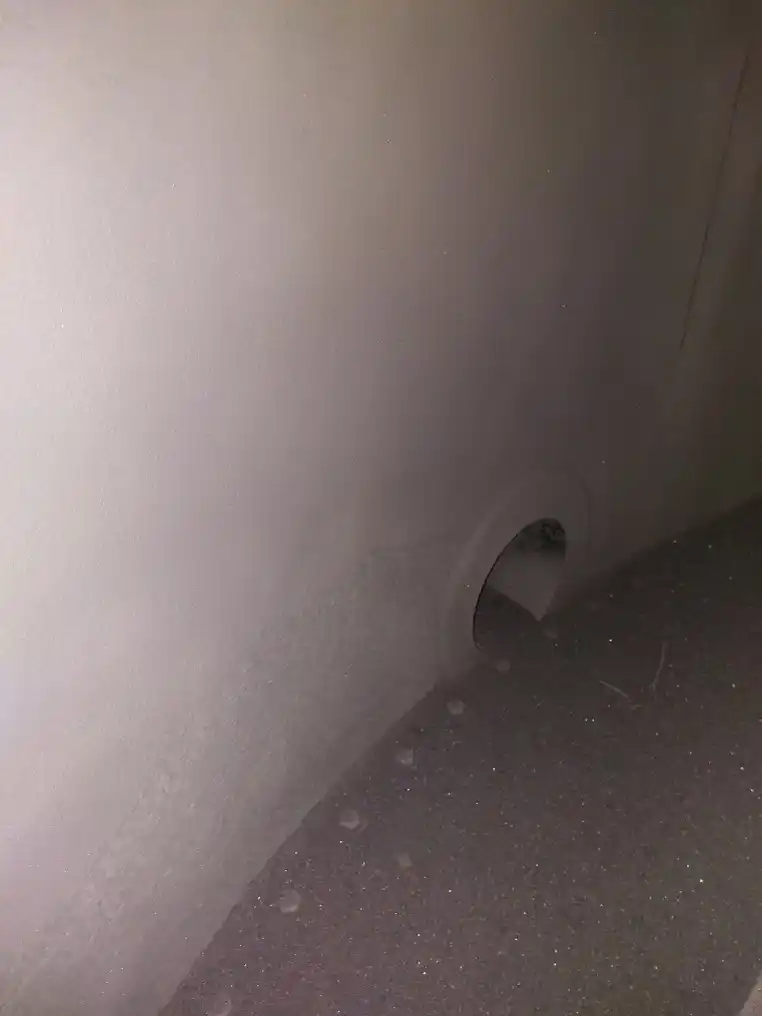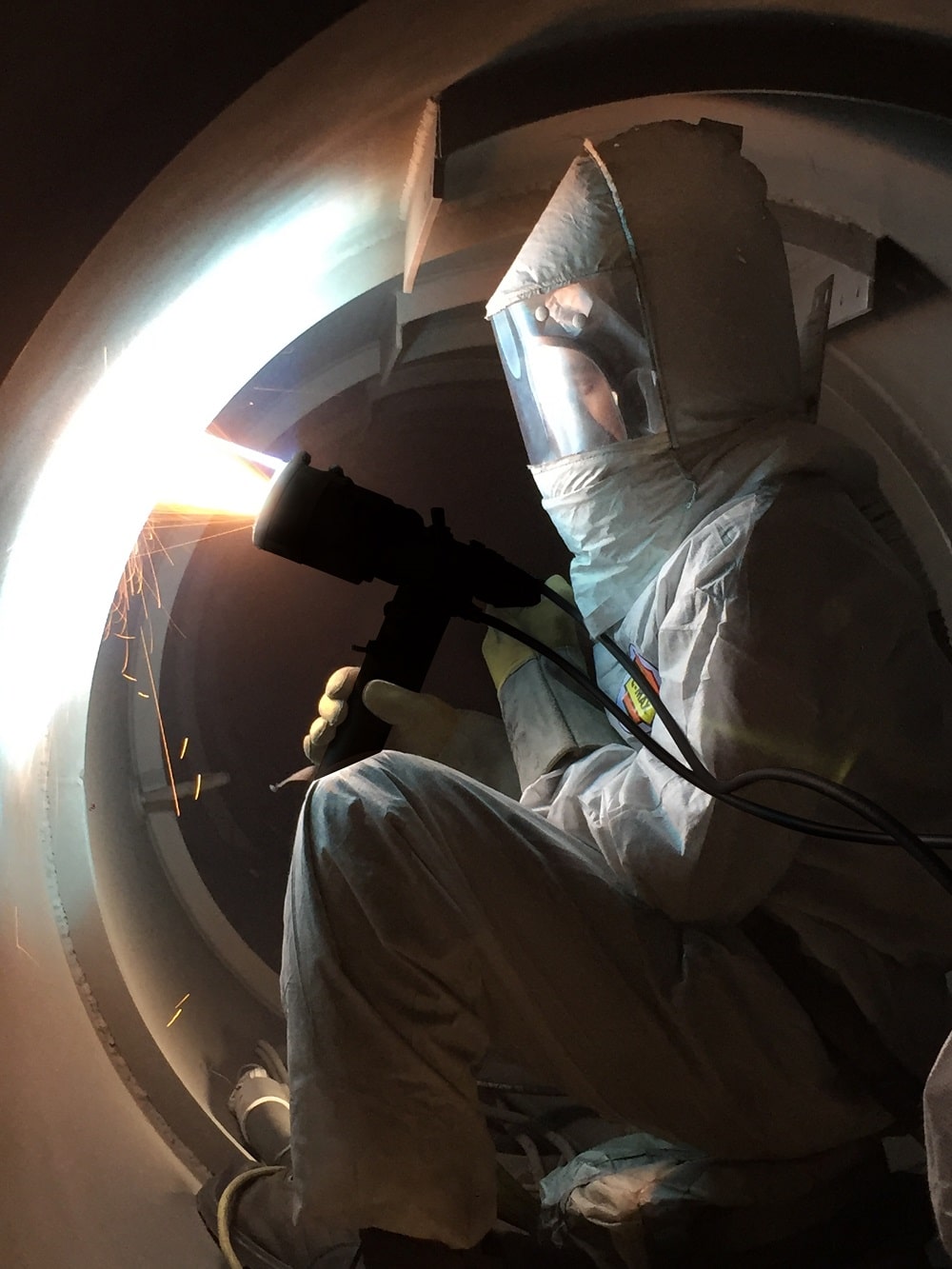Vacuum Flash Tower Corrosion Mitigation at Crossbridge Energy – Fredericia Refinery
Crossbridge Energy’s Fredericia Refinery, recognized as one of the most energy-efficient refineries in the world, faced a critical challenge related to corrosion in its vacuum flash tower within the visbreaker unit. Excessive fouling caused accelerated sulphidation corrosion, requiring an effective mitigation strategy to preserve the unit’s integrity and performance.
The visbreaker unit processes long residue—bottom product from atmospheric distillation—into lighter, high-value products such as gasoil, kerosene, and naphtha. The Fredericia facility produces fuels like heavy marine fuel, diesel, gasoline, and LPG, and is integrated into a local district heating network. The refinery aims to become CO₂ neutral by 2035.
Challenge: Corrosion in Vacuum Flash Tower
The vacuum flash tower exhibited multiple corrosion-related issues:
-
Fouling of stacked PAL/RACHID rings creating irregular flow patterns
-
High-temperature sulphidation corrosion due to turbulent flow
-
Erosion and internal corrosion of SS 410 steel
-
Pitting corrosion in upper sections above the dew point
-
Structural integrity concerns requiring localized welding repairs


Technical Assessment: Understanding Sulphidation Corrosion
The visbreaker (thermal gasoil) unit includes:
-
Long residue cracking
-
Gasoil and kerosene distillation and drying
-
Vacuum distillation
-
Heat recovery (hot water to grid)
Common corrosion mechanisms in these systems include:
-
Sulphidation and sulphidic corrosion
-
Naphthenic acid corrosion
-
Aqueous acidic overhead corrosion
-
Sour water corrosion
In this case, the root issue was sulphidation corrosion. Protective iron sulphide scales typically form on steel surfaces, limiting corrosion, but turbulent flow and increased fouling degraded the scale, exposing the underlying metal. Although AISI 400 grade steel was expected to withstand the operating range of 180–350°C, localized fouling led to increased corrosion in specific zones. Additional pitting was also observed above the previously cladded section, likely due to acidic sour water exposure.
Corrosion Mitigation Solution: IGS HVTS® Cladding
To address the corrosion in the vacuum flash tower, IGS proposed its proprietary HVTS® (High Velocity Thermal Spray) alloy cladding solution, with the following scope:
-
Internal upgrade of ~30 m² of surface
-
Extended cladding area to 55 m² after further corrosion was discovered
-
Execution planned during a scheduled outage starting September 2, 2024


Results and Benefits
The HVTS® corrosion mitigation solution resulted in:
-
Zero safety incidents
-
Reduced OPEX and lifecycle costs
-
Enhanced equipment reliability
-
Full compliance with Shell-aligned contractor qualification systems
Client Testimonial:
“IGS’s HVTS® solution proved ideal for our vacuum flash tower. Technical execution was flawless and on time, despite scope expansion from 30 m² to 55 m² — all with zero safety incidents.”
— Senior Materials & Corrosion Engineer, Crossbridge Energy Fredericia Refinery
Benefits of Applying HVTS
Cost and schedule savings comparison of various options.
| Mitigation Option | Estimated Cost in USD | Cost Variation % | Mechanical Work Days Duration | Schedule Variation % | |
| 1 | CS tower top replacement with alloy 825 cladding | $290K | X + 111% | 10 Days – | X + 43% |
| 2 | CS internal weld overlay with alloy 825 cladding | $256K | X + 86% | 12 days – | X + 71% |
| 3 | HVTS with Modified Hastelloy C276 | $137K | X | 7 days | X |

HVTS® Technology Advantages
- Proprietary Superalloy Cladding: IGS’s patented HVTS material was specifically designed for high-temperature environments and validated through multi-year testing in collaboration with OEMs.
- High Velocity Thermal Spray (HVTS®): The technology ensures dense, impermeable cladding with minimal stress on the substrate material.
- Custom Protective Isolation Tooling: Designed to shield areas not being treated and maintain critical tolerances during application.
Related Case Studies:
- Ethylene Quench Tower Corrosion Mitigation Saves $1.8Mil
- Cracker Quench Column Corrosion Stopped with IGS HVTS Cladding
- A Short-term Saving has a Long-term Cost!
- Column Shell Corrosion Protection Verified
HVTS Prevents Corrosion Attack in a Regenerator Column at LNG Plant
Severe Amine Column Corrosion Permanently Frozen
Free consultation with an IGS Subject Matter Expert
IGS is here to provide information, answer questions and create an effective solution for your needs.

